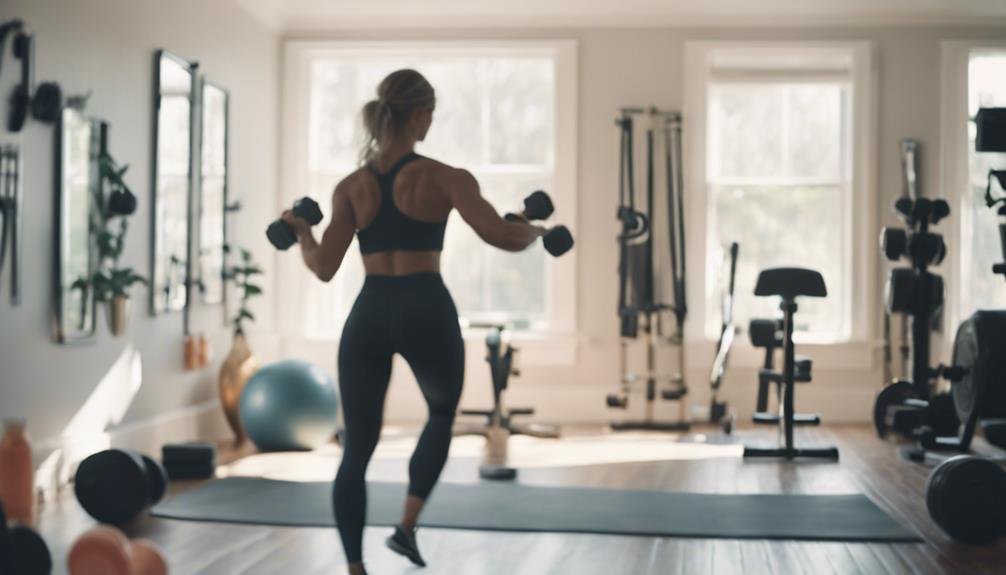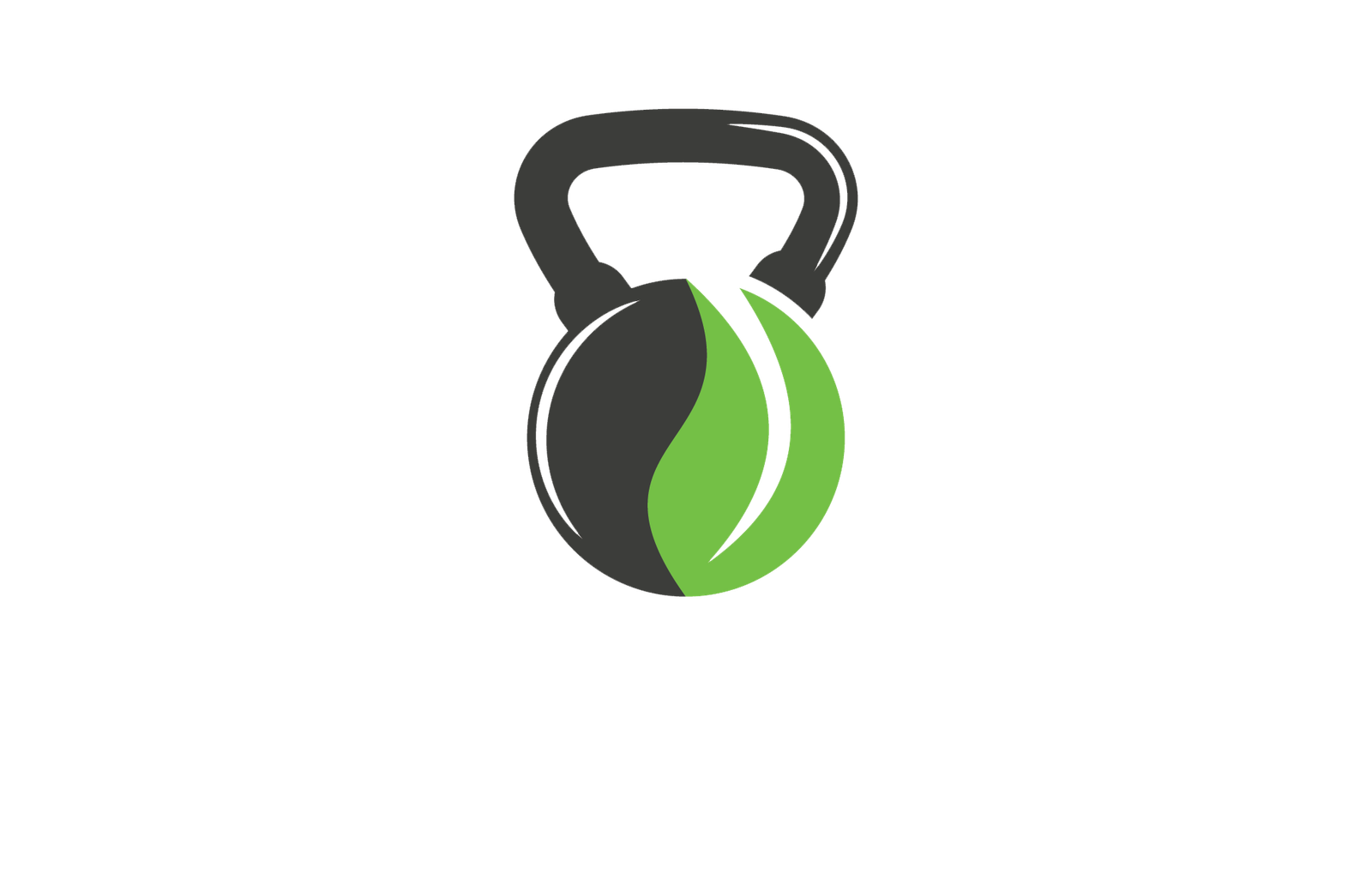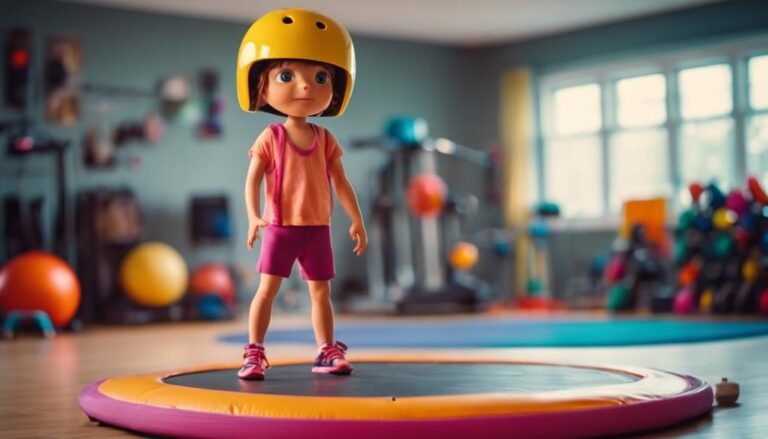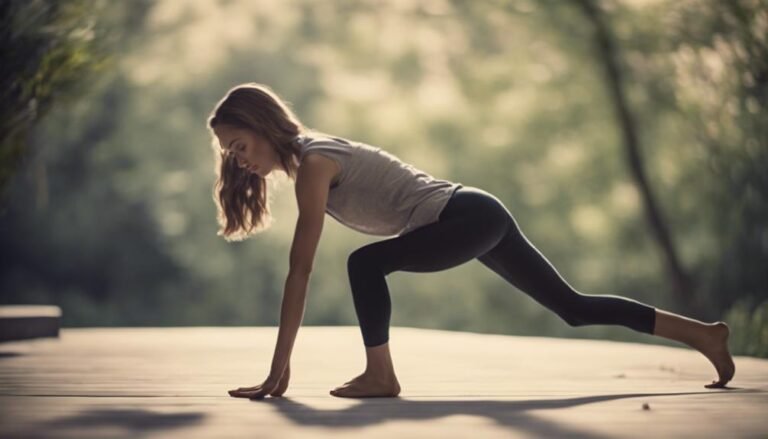Don't miss our holiday offer - 20% OFF!

Top Lower Body Exercises for Home Workouts
Achieve stronger, toned legs from home with these effective exercises that target your legs, glutes, and calves, but that's just the beginning...
We're about to transform our legs, glutes, and calves with the most effective lower body exercises that can be done from the comfort of our own homes. From squats that build stronger legs to calf raises that target specific muscle groups, we'll explore the top exercises to add to our home workout routine. We'll master pistol squats for strength and balance, and challenge ourselves with glute bridges and wall sits for endurance. With step-ups, seated leg raises, and heel taps, we'll be on our way to stronger, more toned legs in no time – and there's even more to discover.
Key Takeaways
- Squats are a compound exercise that builds stronger legs, glutes, and core muscles, improving overall lower body strength, balance, and flexibility.
- Pistol squats challenge balance, stability, and overall lower body power, building strong, athletic legs and reducing the risk of injuries.
- Calf raises effectively target calf muscles for overall lower body development, and can be done at home using stairs, a step bench, or a thick book.
- Glute bridges target the gluteus maximus muscle, improving lower body shape and contours, and can be incorporated into home workouts to improve glute activation.
- Bodyweight lunges, step-ups, and wall sits are effective exercises for balance, endurance, and strength, and can be modified to suit individual fitness levels.
Squats for Stronger Legs
We regularly incorporate squats into our fitness routines because this compound exercise is unparalleled in its ability to build stronger legs, glutes, and even core muscles. By mastering the squat, we can improve our overall lower body strength, balance, and flexibility. But did you know that there are various squat variations that can help target specific muscle groups? For instance, sumo squats focus on the adductors, while pistol squats engage the quadriceps. We can also experiment with different stances, such as narrow or wide, to alter the muscle emphasis.
Proper leg alignment is essential when performing squats. We make sure to keep our feet shoulder-width apart, toes pointing slightly outward, and weight evenly distributed between both legs. This helps maintain balance and prevents unnecessary strain on our joints. As we lower ourselves into the squat, we engage our core muscles to support our back and maintain proper posture. By incorporating squat variations into our routines and focusing on proper leg alignment, we can achieve stronger, more toned legs that will take our fitness journey to the next level.
Calf Raises at Home
Building strong calf muscles is essential for overall lower body development, and you can effectively target them from the comfort of your own home with calf raises. We're going to show you how to do just that, without needing to leave your house or invest in expensive gym memberships.
When it comes to home equipment, you don't need much – a set of stairs, a step bench, or even a thick book will do. Stand on the edge of your chosen platform with your heels hanging off, then raise up onto your tiptoes and lower back down. That's one rep! Aim for 3 sets of 12-15 reps to start, and adjust as you build strength.
Remember to keep your knees straight and engage your core for balance. As you get stronger, you can increase the difficulty by adding weight or reps. We like to do calf raises while brushing our teeth or during commercial breaks – every little bit counts, right? By incorporating calf raises into your home workout routine, you'll be on your way to stronger, more toned calf muscles in no time.
Bodyweight Lunges for Balance
As we move into bodyweight lunges for balance, we're excited to focus on the essential elements that'll help us master this exercise. We'll start by breaking down the proper form essentials, because it's clear that a strong foundation is key to achieving balance and control. By the end of this, we'll be able to perform bodyweight lunges with confidence and precision.
Proper Form Essentials
Mastering proper form is essential when performing bodyweight lunges, as it enables us to maintain balance and generate power throughout the exercise. We've all been there – struggling to balance on one leg while trying to execute a flawless lunge. But with proper form, we can shift our focus from wobbling to working our lower body effectively.
To get it right, we need to focus on a few key elements. Here are our top tips for proper form:
- Engage our core: By drawing our belly buttons towards our spines, we stabilize our bodies and generate power from the center outwards.
- Maintain posture awareness: We should keep our shoulders back, chest open, and spine long, ensuring we're not putting unnecessary strain on our lower back.
- Keep our front knee behind our toes: This prevents excessive strain on our knee joints and ensures we're targeting our quadriceps effectively.
Balance and Control
We take our lunges to the next level by incorporating balance and control, which challenges our stability and engages our core even more intensely. By adding an element of balance, we're able to target our core stability and improve our overall athleticism. This is especially important for single-leg exercises, where balance and control are vital for proper form and injury prevention.
| Exercise | Benefits | Tips |
|---|---|---|
| Single-Leg Lunge | Improves balance, strengthens core | Keep back straight, engage core |
| Balance Lunge | Challenges stability, targets glutes | Slow and controlled movements |
| Pistol Squat | Increases strength, improves balance | Keep weight in heels, squeeze glutes |
| Step-Up | Targets legs, improves balance | Use a sturdy chair or bench |
| Balance Hold | Improves core strength, balance | Hold for 30-60 seconds |
Glute Bridges for Shape
Performing glute bridges regularly can be a game-changer for our overall lower body shape, as this exercise specifically targets the gluteus maximus muscle, which is responsible for giving our buttocks their shape and contours. By incorporating glute bridges into our home workout routine, we can expect to see improvements in our glute activation and overall lower body strength.
To get the most out of this exercise, proper form and engagement of our core muscles for stabilization are crucial. Here are some key tips to keep in mind:
- Start with your feet flat on the floor, with your knees bent at a 90-degree angle
- Slowly lift your hips up towards the ceiling, squeezing your glutes at the top of the movement
- Engage your core muscles to maintain control and stability throughout the exercise
Step-Ups With Household Items
As we start incorporating step-ups with household items into our workout routine, we're excited to explore the key points that'll help us get the most out of this exercise. First, we need to choose the right height for our step, ensuring it's challenging yet manageable, and then we'll focus on proper foot placement to avoid putting unnecessary strain on our joints. By mastering these essential elements, we'll be well on our way to stronger, toned legs and a more confident stride.
Choosing the Right Height
When selecting a household item for step-ups, we need to choose a height that allows us to lift our legs comfortably, without straining or compromising our form. This is vital for effective and safe exercise. We want to avoid overexertion, which can lead to injuries or burnout.
Choosing the right height is essential for executing the step-up movement with proper form and control.
- Start low: Begin with a lower height, such as a sturdy chair or bench alternative, to build confidence and strength. As we progress, we can gradually increase the height to challenge ourselves.
- Step safety is paramount: Verify the surface is stable and secure to avoid slipping or tripping. We can use a non-slip mat or place the item on a carpeted floor for added traction.
- Listen to our bodies: If we feel strain or discomfort, it's okay to adjust the height or take a break. Our bodies will thank us for prioritizing safety and comfort.
Let me know if this meets your requirements!
Proper Foot Placement
Now that we've got our ideal step-up height, let's focus on proper foot placement to maximize the effectiveness of our exercise. As we step up, it's vital to maintain proper ankle alignment to avoid putting unnecessary stress on our joints. We want to strike the step with our heel, not our toes, to engage our calf muscles and prevent shin splints.
Here's a quick checklist to verify we're doing it right:
| Aspect | Correct Placement | Benefits |
|---|---|---|
| Heel Strike | Strike the step with your heel | Engages calf muscles, reduces shin splint risk |
| Ankle Alignment | Keep ankles in line with the step | Prevents excessive stress on joints |
| Foot Position | Place entire foot on the step | Distributes weight evenly, prevents imbalance |
| Knee Alignment | Keep knees in line with toes | Prevents excessive stress on knee joints |
| Body Posture | Maintain upright posture | Engages core, prevents back strain
Wall Sits for Endurance
We incorporate wall sits into our workout routine regularly to build endurance and strengthen our legs, particularly the quadriceps, hamstrings, and glutes. This exercise is a game-changer for improving muscle fatigue and overall lower body strength. By holding a wall sit for extended periods, we challenge our muscles to work harder and longer, leading to increased endurance and strength gains.
Here are some key benefits of incorporating wall sits into our routine:
- Core engagement: Wall sits require engagement of our core muscles to maintain proper form, which helps improve overall core strength and stability.
- Muscle fatigue: By holding a wall sit, we're able to push our muscles to fatigue, which is essential for building strength and endurance.
- Improved balance and stability: Wall sits help improve our balance and stability, reducing our risk of injury and improving overall athletic performance.
Seated Leg Raises Challenge
As we've strengthened our legs and improved our endurance with wall sits, we're ready to take on a new challenge that targets our core and leg muscles simultaneously: the seated leg raises challenge. This exercise is a game-changer for building strong, toned legs and a stable core. By engaging our core and lifting our legs, we'll work multiple muscle groups at once.
Here's a breakdown of the benefits and how to do it:
| Benefits | Muscle Engagement | Tips |
|---|---|---|
| Toned legs and glutes | Quadriceps, Hamstrings, Glutes | Start with 3 sets of 10 reps |
| Improved core stability | Core muscles, Lower back | Engage your core before lifting |
| Increased muscle isolation | Targets multiple muscle groups | Focus on slow, controlled movements |
To get started, sit comfortably on the floor with your back straight and legs extended. Lift one leg 6-8 inches off the ground, holding for a brief moment before slowly lowering it back down. Repeat on the other side. As we master this challenge, we'll be amazed at the strength and definition we'll see in our legs and core!
Pistol Squats for Strength
Taking our leg strength to the next level, pistol squats challenge our balance, stability, and overall lower body power, making them an essential exercise for building strong, athletic legs. By performing pistol squats, we're able to identify and address muscle imbalances, which can lead to injuries if left unchecked. Single leg stability is vital in this exercise, as we need to engage our core and maintain balance while lowering ourselves down into a squat.
Pistol squats require us to stabilize our body on one leg, which helps improve our overall balance and coordination. By performing pistol squats, we're able to build strength and power in our legs, glutes, and core. Pistol squats mimic many everyday movements, such as getting up from a chair or climbing stairs, making them a functional exercise for daily life.
Heel Taps for Ankle Mobility
After building strength and power with pistol squats, we can improve our ankle mobility with heel taps, a simple yet effective exercise that targets the often-neglected ankle joint. We've all been there – rolling our ankles while running, twisting, or even just walking. Ankle sprains can be a real setback, but incorporating heel taps into our routine can substantially reduce the risk of injury. By strengthening our ankles, we're better equipped to handle sudden movements and uneven terrain. Plus, it's an exercise that requires minimal equipment – just our own two feet! To perform heel taps, we stand with our feet hip-width apart, then lift one heel off the ground and tap it gently in front of the other foot. We repeat this motion 10-15 times, switching feet to maintain balance and symmetry. By making heel taps a regular part of our workout routine, we'll be taking a vital step towards stronger, more resilient ankles – and making informed footwear choices to support our active lifestyle.
Frequently Asked Questions
Can I Do Lower Body Exercises if I Have Knee Problems?
"We understand that knee problems can be a concern, but we can still do lower body exercises with modifications; even those with knee replacements can adapt exercises, and we'll show you how to do it safely and effectively."
How Often Should I Do Lower Body Exercises for Best Results?
We've seen friends like Sarah, who did lower body exercises 3 times a week, increasing weight by 2.5lbs every two weeks, achieving amazing results; Consistency Matters, and Progressive Overload is key to seeing best results.
Can I Do Lower Body Exercises if I'm Overweight or Obese?
"We can definitely do lower body exercises even if we're overweight or obese; we just need to take gentle approaches and modify movements to accommodate our fitness levels, ensuring a safe and effective workout."
How Long Does It Take to See Results From Lower Body Exercises?
"We've waited a million years to see results, but realistically, it takes consistent effort over 4-6 weeks to notice significant changes. Consistency matters; there are no quick fixes, so we commit to our lower body exercises and celebrate small victories along the way!"
Do I Need Any Special Equipment for Lower Body Exercises?
"We don't need a fancy gym to get started; with a few fitness essentials, we can create a home gym and start our lower body exercise journey, no special equipment required!"
Conclusion
As we wrap up our top lower body exercises for home workouts, remember: "A journey of a thousand miles begins with a single step." Take that first step today, and you'll be on your way to stronger legs, improved balance, and a toned lower body. With these exercises, you can overcome any obstacle, no matter how small the step may seem. So, get moving, and watch your lower body transformation unfold!



